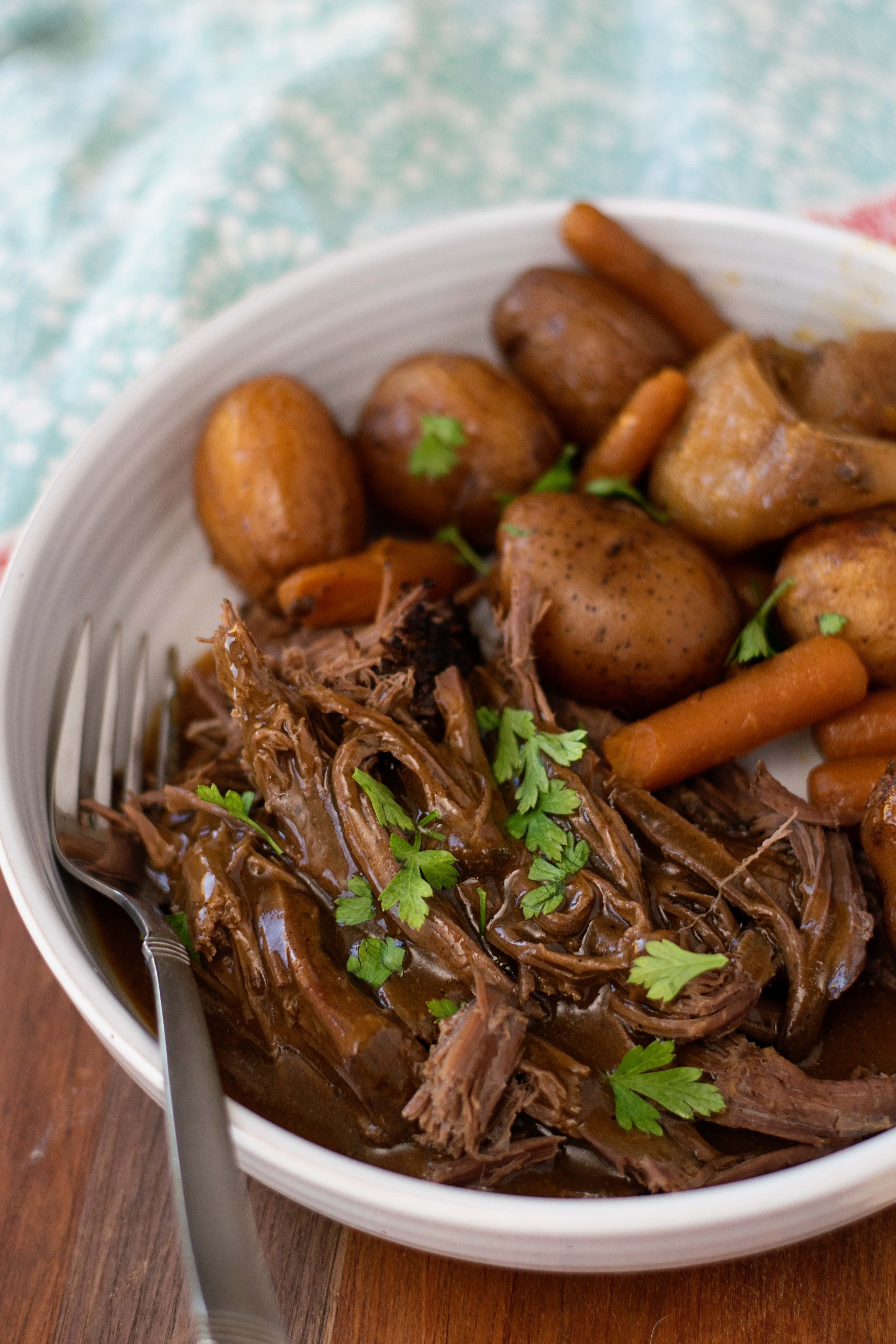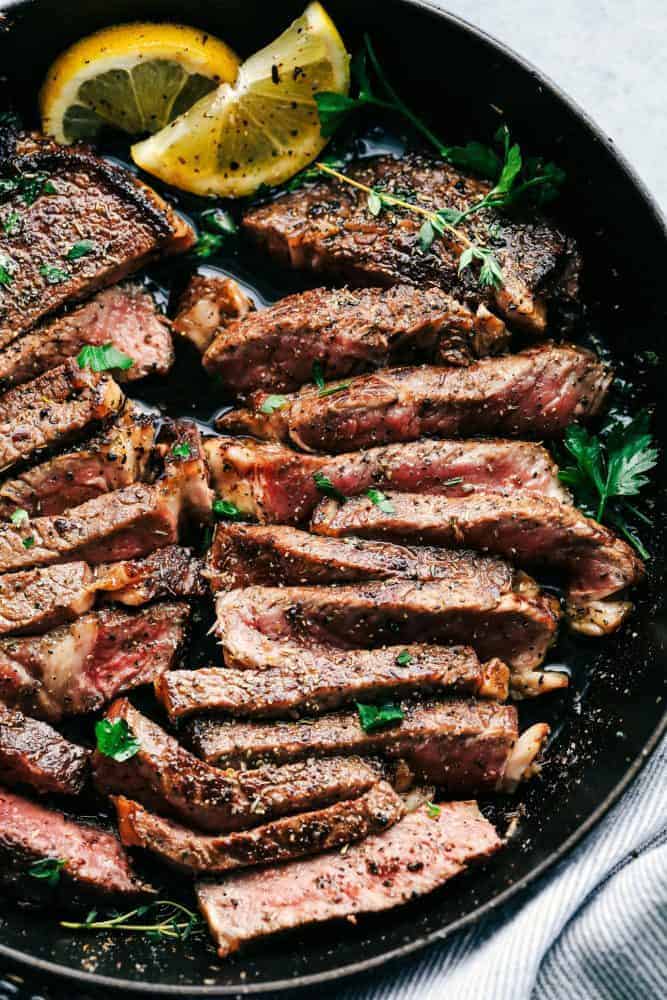How to Pick High Quality Meat for Every Sort Of Recipe You Cook
How to Pick High Quality Meat for Every Sort Of Recipe You Cook
Blog Article
From Farm to Table: Fresh and Premium Meat Choices
The journey of meat from farm to table encapsulates an intricate interaction of high quality, principles, and sustainability. With a boosting emphasis on fresh and superior options, consumers are now a lot more inclined to take into consideration the origins of their food, leading to a restored concentrate on sustainable farming methods and animal well-being standards. This shift not only improves the dietary profile of meat but additionally sustains local economic situations. Nonetheless, the effects of these options extend far past personal health and local farming. What does this mean for the future of food systems and customer habits?
Comprehending Meat Sourcing
As customers come to be progressively knowledgeable about the origins of their food, comprehending meat sourcing has gotten paramount significance. Meat sourcing involves mapping the journey of meat from ranch to table, including numerous variables such as farming methods, animal well-being, and environmental effect. This recognition encourages consumers to make enlightened choices that line up with their worths, particularly relating to sustainability and moral factors to consider.
The sourcing of meat can vary dramatically based on numerous standards, including the sort of animals, farming approaches, and geographical location. For circumstances, grass-fed beef frequently originates from pasture-based systems that advertise pet welfare and decrease ecological destruction. On the other hand, conventional meat may involve intensive farming practices that increase worries relating to antibiotic usage and environment devastation.
Additionally, traceability plays an essential role in meat sourcing. Understanding the specific farm or area where the meat originates assists customers ensure high quality and security. Several consumers now seek qualifications or tags that show humane treatment and sustainable techniques, reflecting an expanding need for transparency in the food supply chain. Eventually, recognizing meat sourcing not only boosts consumer selection however likewise fosters responsible intake and supports ethical farming methods.
Advantages of Fresh Meat
Picking fresh meat uses countless advantages that prolong beyond flavor and texture. Fresh meat generally keeps greater dietary value contrasted to its frozen or processed equivalents. It is typically richer in necessary nutrients, such as B vitamins, iron, and zinc, which are crucial for keeping general wellness.
Furthermore, the sourcing of fresh meat often includes much shorter supply chains, minimizing the time in between farm and table. This means that the meat is much less most likely to lose its nutritional honesty during transportation and storage. In addition, consumers can experience improved taste and juiciness, which can elevate cooking experiences.
Fresh meat also gives a chance for consumers to sustain regional farmers and promote sustainable farming techniques. When buying from regional resources, people can add to their neighborhood economy and foster a greater link to the food they consume.
Lastly, fresh meat is generally devoid of the preservatives and ingredients frequently located in processed options. This makes it a cleaner, healthier option for those seeking to decrease their consumption of artificial active ingredients. Generally, the benefits of choosing fresh meat encompass wellness, preference, and a sense of neighborhood engagement.
Pet Welfare Requirements
Making sure high animal welfare requirements is vital for both honest considerations and the quality of meat items. The therapy of animals straight influences not only the ethical ramifications of meat production yet additionally the total high quality and safety of the end products. Animals elevated in humane problems are less stressed out, leading to healthier animals and, subsequently, premium meat quality.
Rules and accreditations concerning pet well-being have actually ended up being significantly substantial in the meat sector. These frameworks make certain animals are given with appropriate room, appropriate nutrition, and humane handling throughout their lives. Practices such as pasture-raised systems and free-range environments add to far better pet well-being by allowing pets to exhibit natural actions, which is essential for their health.
Furthermore, consumers are becoming extra discerning relating to the resources of their meat, leading to an expanding need for products that stick to stringent animal welfare standards. This shift not only advertises moral farming methods but also motivates producers to adopt procedures that improve the wellness site here and welfare of their animals. Meat. Inevitably, focusing on animal well-being is not simply an ethical imperative; it is likewise a pathway to creating premium-quality meat that meets consumer assumptions

Sustainable Farming Practices
Lasting farming methods play a crucial function in enhancing both pet well-being and the high quality of meat products. These practices highlight the relevance of ecological stewardship, ethical therapy of animals, and source performance. By executing rotational grazing, farmers can promote healthy and balanced field communities, permitting animals to feed upon nutrient-rich yards while preventing overgrazing. This technique not just sustains animal health however likewise improves the dirt, lowering the demand for synthetic fertilizers.
Furthermore, lasting farming often includes integrated bug administration and natural feed choices, minimizing making use of dangerous chemicals. This method not just safeguards animal well-being but additionally leads to cleaner, much safer meat products for customers. Water preservation methods, such as rain harvesting and efficient watering systems, further contribute to lasting practices, making certain that resources are used carefully.
Additionally, cultivating biodiversity with polyculture systems and preserving environments for wildlife boosts the strength of farming ecosystems. By focusing on these lasting methods, farmers can create high-grade meat that satisfies customer demand while advertising eco-friendly equilibrium. Eventually, welcoming sustainable farming techniques is necessary for creating a more liable and resilient food system that profits animals, farmers, and customers alike.
Finding High Quality Over Amount
Often, customers are confronted with the problem of choosing in between quantity and high quality when it involves meat items. While acquiring larger amounts may seem economically advantageous, the lasting advantages of choosing high-quality meat far outweigh the instant financial savings. Quality meat is often sourced from pets raised in lasting atmospheres, where they are provided appropriate nutrition and care, resulting in exceptional flavor and dietary worth.
Top notch meats are typically without hazardous ingredients, hormones, and anti-biotics that are usually present in mass-produced options (Meat). This not just ensures a healthier dining experience but also supports moral farming techniques that prioritize animal well-being. Furthermore, premium meats often tend to have a better texture and flavor, improving the general culinary experience
Buying top quality meat encourages consumers to appreciate smaller portions, enabling an extra mindful strategy to consuming. This check over here shift not only affects individual health and wellness positively however also promotes lasting usage patterns that can profit the atmosphere. To conclude, focusing on top quality over quantity when selecting meat products fosters an extra responsible and health-conscious lifestyle, ultimately enriching both the dining experience and the world.
Final Thought

Report this page